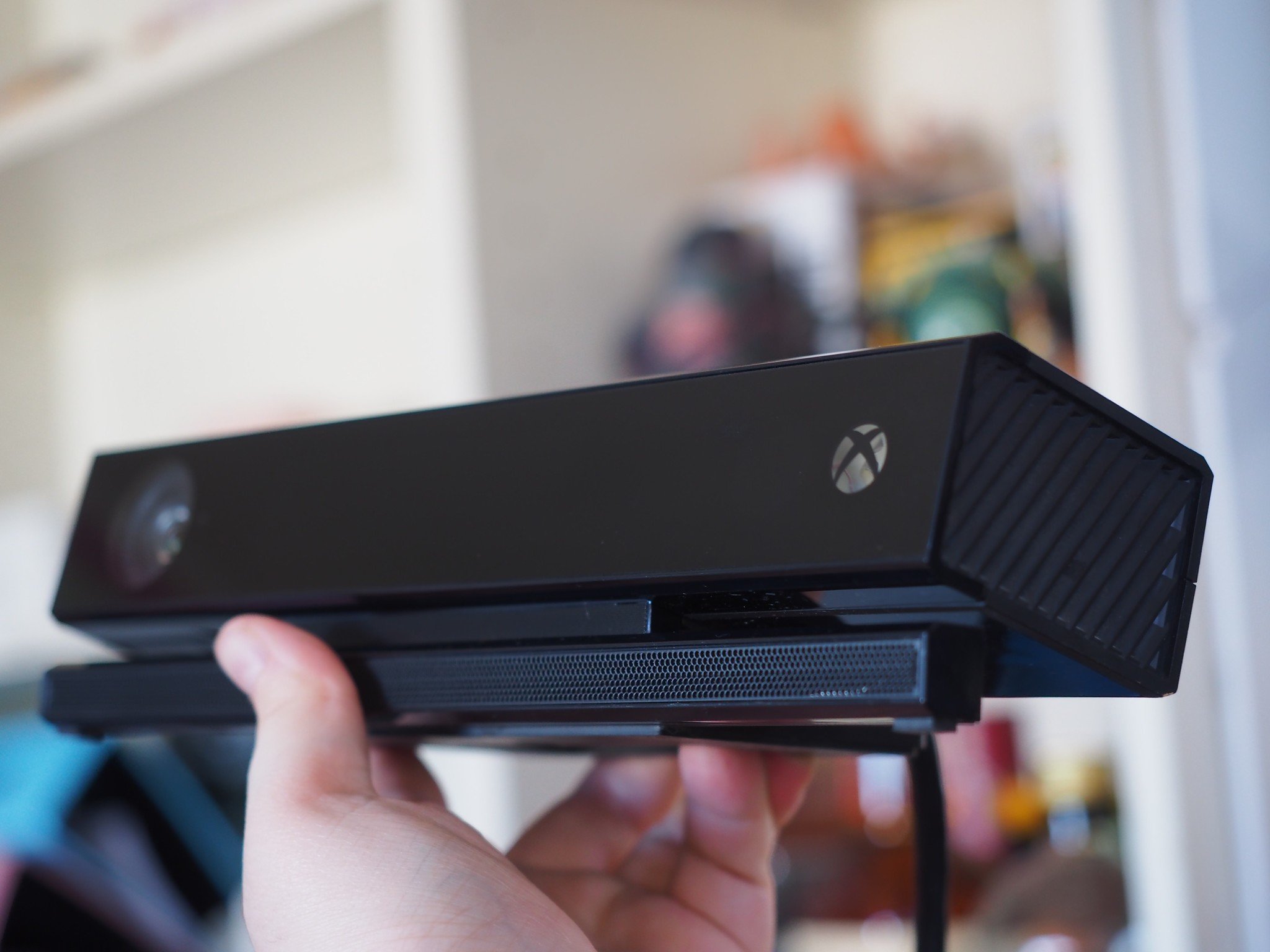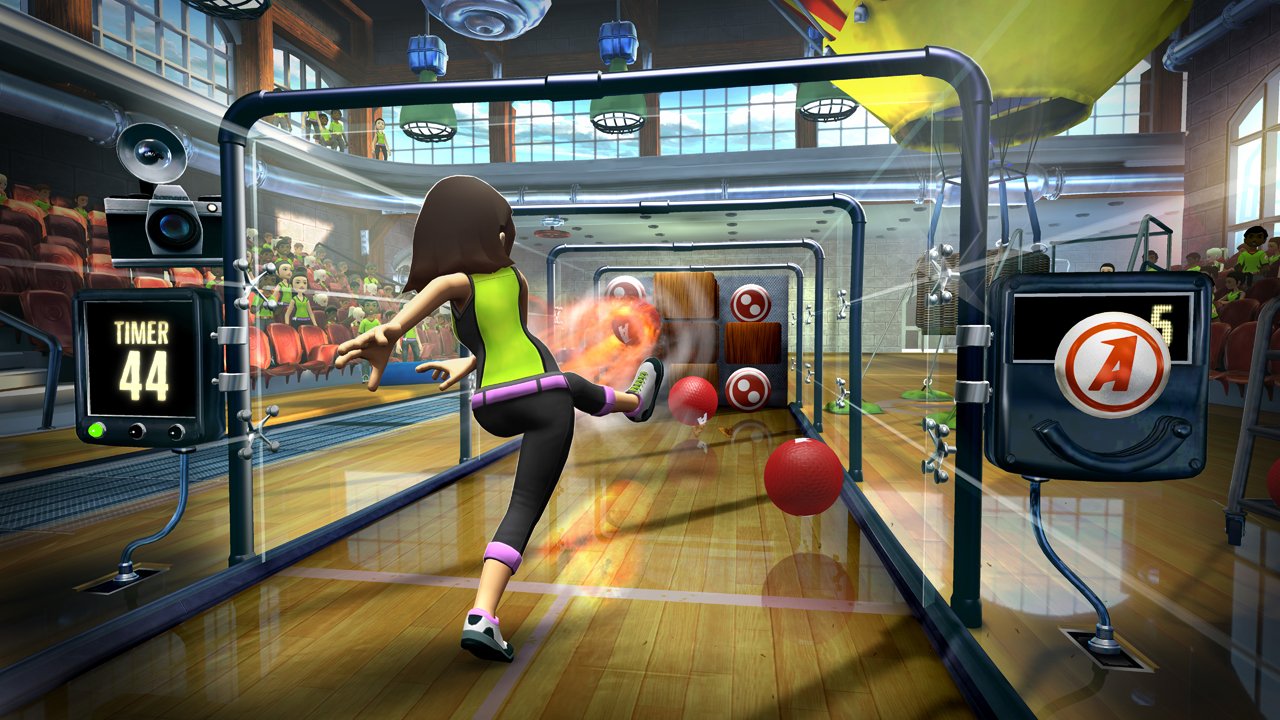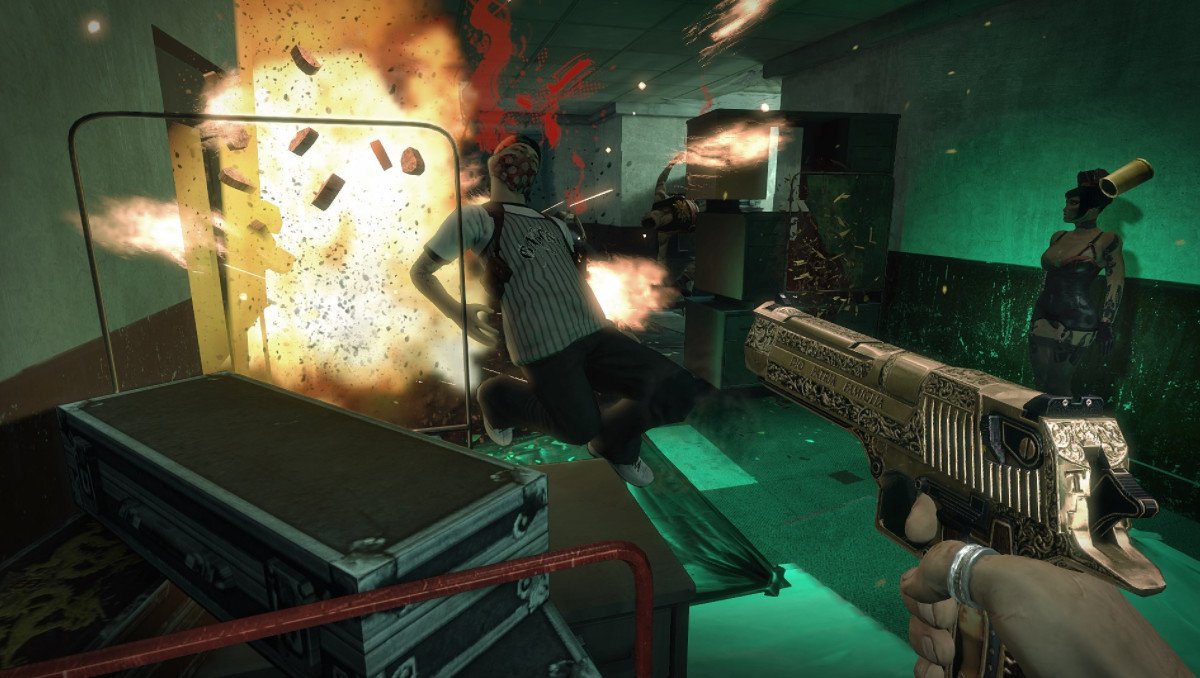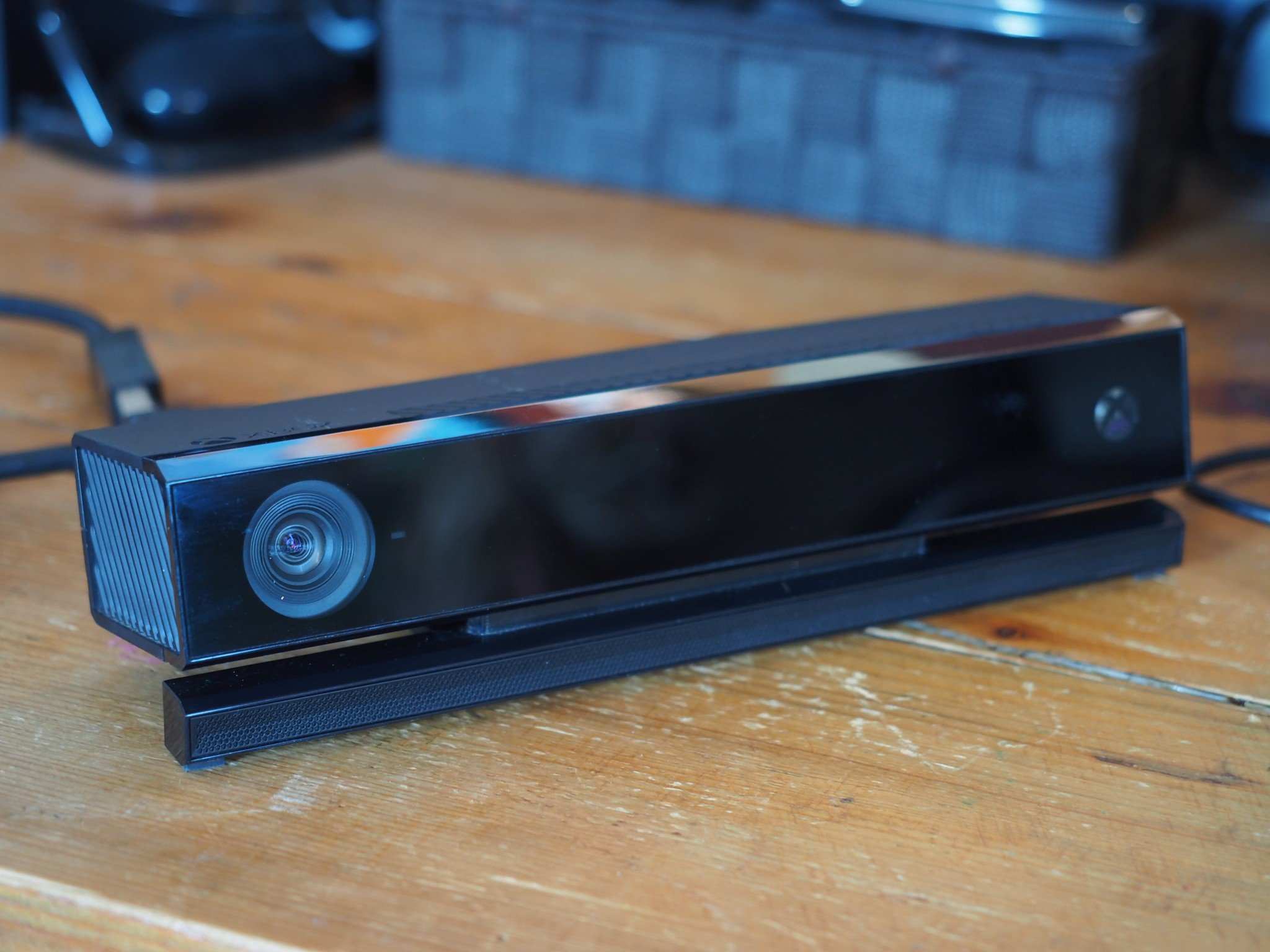Xbox Kinect was good. There I said it.
A look back at Microsoft's ill-fated companion accessory.

I've been on a weight-loss kick in the past year (losing 100 pounds using Microsoft Excel!), and exercise is a natural component of such an effort. Recently, my girlfriend said to me, "We should play Xbox Fitness," activating a core memory.
Sadly, I had to inform her that Xbox Fitness is in fact dead. For those who don't remember, Xbox Fitness was a unique app that gamified fitness workouts using Microsoft's ill-fated Kinect peripheral. Microsoft's positioning of Kinect in 2013 ultimately led to its death, but I couldn't help but feel a twinge of sadness when I recalled the missed potential.
For those who are unaware, Kinect is a motion-tracking camera that uses AI to analyze movements, detect voice commands, and much more. There was a point in history where Kinect was the fastest-selling video game accessory of all time, back in the Xbox 360 era. And that version was rather horrible, with inaccurate tracking and poor microphones. The 2013 Xbox One "V2" Kinect was far more powerful, but the way Microsoft presented it to gamers ensured its untimely death and eventual relegation to business-only use cases. You can still buy and use Kinect on Xbox One consoles, but you probably shouldn't. Yet still, I feel like there's still something of a missed opportunity here.
Here's a homage to Kinect, an accessory that could've survived in another timeline, as a supplementary experience, rather than a forced one.
They shouldn't have forced it ...

The biggest issue with Kinect V2 is that it was essentially forced upon the community. Microsoft's 2013 Xbox One strategy was something of a disaster for a variety of reasons. The Xbox One was noticeably less powerful than the competing PlayStation 4, while also being $100 more expensive. The blame for that price tag was the forced bundling of Kinect.
Kinect became a focus of various genuine, and overblown concerns. People who played up fears of big tech spying on you through the Kinect's cameras and microphones would later be the proud owners of Amazon Echo speakers and Ring cameras. Microsoft could've circumnavigated these complaints if it only hadn't forced Kinect upon users, inflating the price of the Xbox One in the process.
Microsoft's Kinect peripheral was vastly ahead of the curve, and in some ways, still is. Even today, TVs try to emulate some of Kinect's features, such as TV voice controls and even embedded cameras. None are as good as Kinect was, given its dedicated hardware, and voice recognition expertise. HDMI-CEC combined with the Amazon Echo has only just recently started to bring some of Kinect's IR-blaster features for external device control, something Kinect was doing all the way back in 2013. There was something so cool about getting home from work and saying, "Xbox On," and seeing my entire entertainment center light up.
Get the Windows Central Newsletter
All the latest news, reviews, and guides for Windows and Xbox diehards.
... but it was actually really fun to use

Indeed, Kinect was just fun to use. Even before we get to the games, Kinect integrated seamlessly with most IR-based devices allowing it to act as a remote controller for a large range of entertainment equipment. Voice control your TV's volume, or even channel surf with the integrated Xbox OneGuide TV listings database. Adjust your sound system, without having to reach for (and find) that pesky remote.
Beyond smart home features, Kinect actually worked pretty damned well for games. Games like Fruit Ninja were undeniably fun to play, and represented some fairly intense exercise opportunities if you're as out of shape as I am. Kinect's IR sensors were even powerful enough to determine your heart rate via the camera alone, giving you accurate calorie-burning statistics in much the same way smartwatches do today.

Outside of fun party games and novelty experiences, Kinect actually had some decent applications in core games. Yelling "FUS RO DAH!" at the TV while playing Skyrim to activate abilities was an interesting take. Being able to command your teammates in Dragon Age: Inquisition was also pretty clever, since it essentially gave you an extra pair of hands for micromanaging the game's tactical combat. The violent on-rails shooter Blue Estate was a nostalgic arcade-style game that let you use Kinect to shoot finger bullets, and it was a surprisingly great experience.
Kinect was quite honestly fun and novel to use occasionally, both for controlling your smart home and for playing casual games. Alas, 'twas not meant to be.
RIP, Kinect

It's hard not to wonder what could've become of Kinect in a gaming context. The technology has found its way into HoloLens (now also reportedly dead), alongside Windows Mixed Reality VR headsets (also probably dead). Ghost hunters are even using Kinect to track spooky apparitions (apparently). More seriously though, with companies like Steam, Facebook, and Sony exploring VR and motion-controlled games, it feels like there's probably a timeline where Kinect not only survives but thrives on Xbox, as an optional and supplementary experience.
The options for fitness games on Xbox now are woeful, restricted to Just Dance, and its limited smartphone gyroscope tracking. For casual experiences, especially for smaller kids, Kinect could've been a great thing. Perhaps V3 would've been accurate and powerful enough to give rise to a renaissance of light gun games, leading to Xbox accessories like the Super Nintendo Super Scope. Perhaps Kinect could've powered a VR play for Xbox, leading to ports of popular virtual reality titles like Half-Life: Alyx.
It's fun to wonder about possibilities in hindsight, but for now, we can only reminisce: Kinect was pretty good.

Jez Corden is the Executive Editor at Windows Central, focusing primarily on all things Xbox and gaming. Jez is known for breaking exclusive news and analysis as relates to the Microsoft ecosystem while being powered by tea. Follow on Twitter (X) and Threads, and listen to his XB2 Podcast, all about, you guessed it, Xbox!
